Year 3
Welcome to King Smith Class.
Staff
Class Teacher : Mrs Murdoch
Teaching Assistant: Mrs Stanton
Lunchtime Supervisor: Miss Mace.
Useful Information
PE
Our PE sessions this term will be on Mondays.
Children are to come to school wearing their PE kits. Please ensure that your child has appropriate clothing and footwear for the weather. Our school PE kit consists of dark shorts or tracksuit bottoms, white T-shirt, trainers for outside. A sweatshirt can also be worn in colder months.
Hair should be tied back and no jewellery should be worn.
Reading Books
Children's reading books will be changed on a Friday. Could you please ensure they are in school everyday so that they are available for the children to read.
Homework
Children will be given homework each Friday can this please be returned the following week.
In addition they should read each day to an adult, practise their spellings a few at a time and login to Times Table Rockstars.
